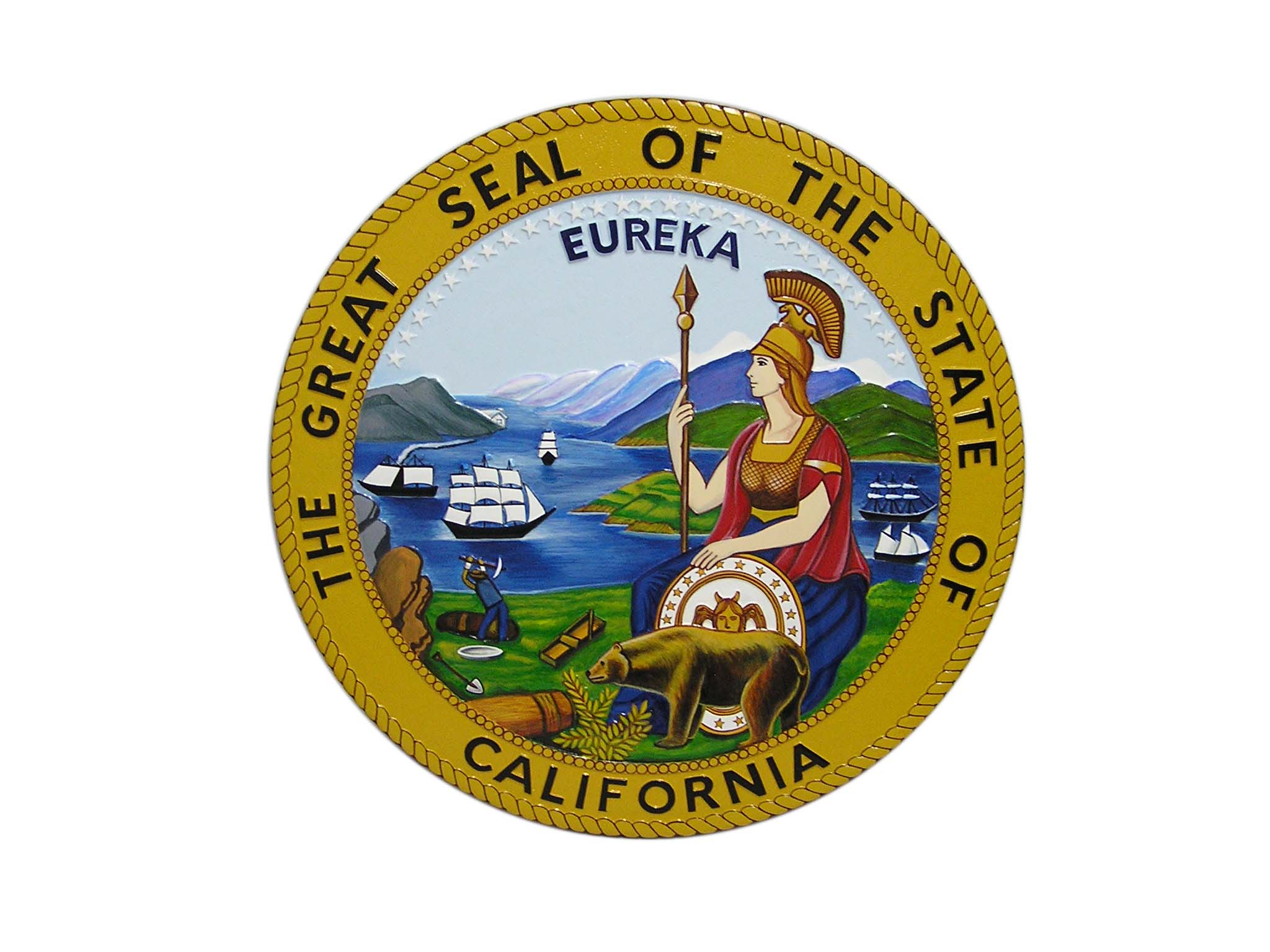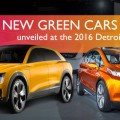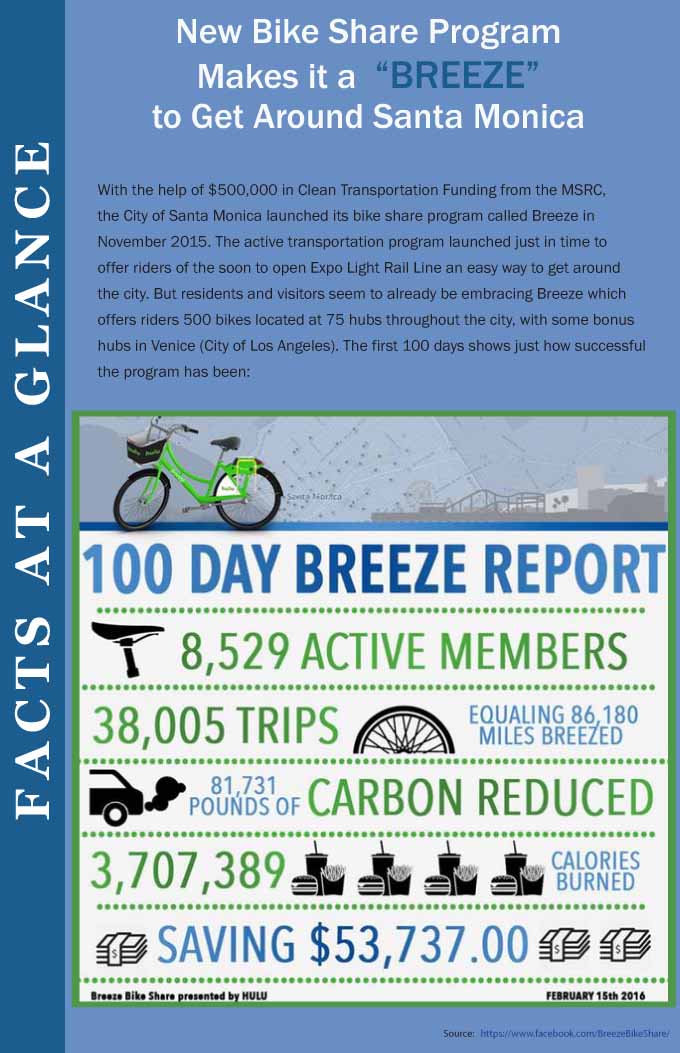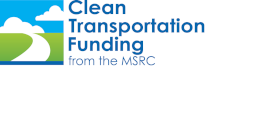 Governor Brown’s proposed 2016-2017 state budget provides substantial investments for transportation improvements and reductions in greenhouse gas emissions (GHGs).
Governor Brown’s proposed 2016-2017 state budget provides substantial investments for transportation improvements and reductions in greenhouse gas emissions (GHGs).
In 2015, the Governor announced six pillars of the climate change strategy needed to reduce greenhouse gas emissions to meet the state’s 2030 target. The climate change investments laid out in the budget will help advance one of these pillars - a fifty percent reduction in petroleum use in transportation - by promoting cleaner vehicle technologies, utilizing lower carbon fuels and reducing vehicle miles traveled.
 In California’s fight against climate change, the California Air Resources Board (ARB) is developing an Advanced Clean Transit (ACT) Rule that would transition all diesel and compressed natural gas (CNG) transit buses in the state to zero emission (ZE) buses before the half-century mark. What is exciting about the process of developing this new rule is that ARB seems to be all-ears when it comes to the concerns, challenges and opportunities that implementing this rule would present for transit agencies. They are working closely with these agencies and other stakeholders to ensure there are no unintended consequences for transit users
In California’s fight against climate change, the California Air Resources Board (ARB) is developing an Advanced Clean Transit (ACT) Rule that would transition all diesel and compressed natural gas (CNG) transit buses in the state to zero emission (ZE) buses before the half-century mark. What is exciting about the process of developing this new rule is that ARB seems to be all-ears when it comes to the concerns, challenges and opportunities that implementing this rule would present for transit agencies. They are working closely with these agencies and other stakeholders to ensure there are no unintended consequences for transit users
 The MSRC has been supporting the advancement of clean vehicles - and the infrastructure to fuel them - ever since its inception. Carmakers are now beginning to provide a more diverse array of clean vehicle options. The 2016 Detroit Auto Show featured the debut of seven new concept and production clean vehicles that provide insights about the future trends of the industry.
The MSRC has been supporting the advancement of clean vehicles - and the infrastructure to fuel them - ever since its inception. Carmakers are now beginning to provide a more diverse array of clean vehicle options. The 2016 Detroit Auto Show featured the debut of seven new concept and production clean vehicles that provide insights about the future trends of the industry.
Many of these cars are first-of-their-kind in product categories and demonstrate the growing diversity of clean vehicle options that we can expect to see from automakers. This year, carmakers debuted next-gen hydrogen fuel cell electric vehicles


